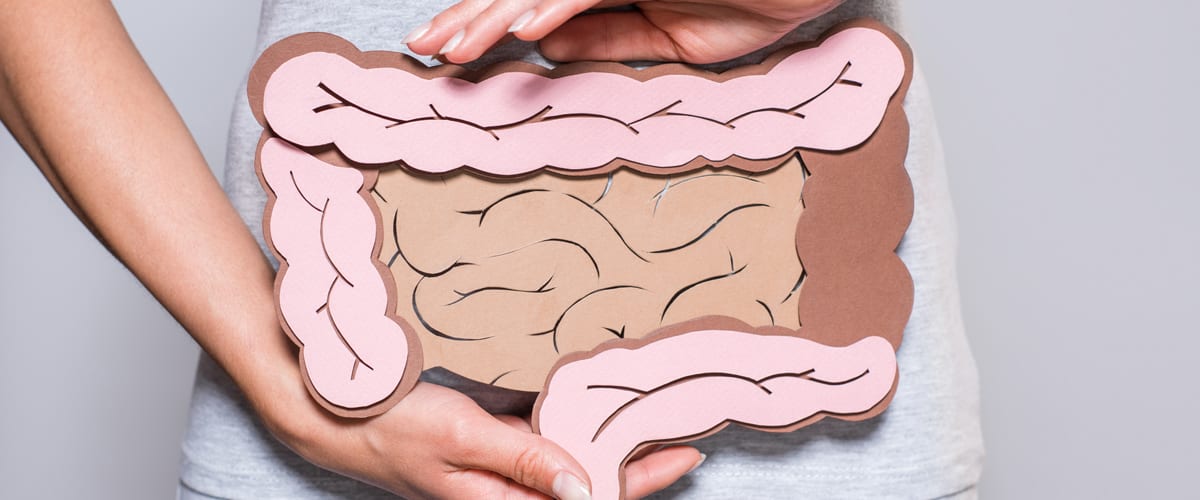©2024 Copyright Innergarden Health • All rights reserved • Web design by Connectus Studio

We all have either heard or know that taking Probiotics is beneficial for replenishing the “good bacteria” in our gut. Let’s dive in a bit more to unpack what exactly that means and learn of the benefits of taking them.
So why do we need to replenish the “good bacteria” in our gut? Let’s back it up and investigate the microbiome and its importance. Our gut is host to trillions of live microorganisms (or bacteria) that make up the microbiome (or gut flora). Many of these microorganisms are considered beneficial and can play a key role in promoting health or disease. There are many factors that can contribute to a disruption of the balance of the beneficial bacteria. Some factors include drinking chlorinated water, taking over the counter medications or antibiotics, eating processed foods, refined sugar, GMO grains, conventionally grown vegetables and fruit, or factory farm raised meat or fish. If these things have been or are part of our lives then there may be an imbalance in our gut flora. And there would be a need to rebalance that flora by replenishing the good bacteria. If our gut flora is healthy there can be positive support for our digestion, immune and brain function, inflammatory responses, absorption of nutrients, and the foundation of our overall health.
There are many types of probiotics and each have variations on strains, CFUs, and stability. Most probiotics use strains that are in the species of Bifidobacteria, Lactobacillus, Saccharomyces, and Bacillus. CFUs or colony forming units, typically are offered at 5-20 billion range. Some are shelf stable or need to be refrigerated.
Some special benefits for women are that probiotics can positively support vaginal health. One of the best formulations available is HMF® Women’s Daily. Often recommended by Naturopaths, this formulation is specifically designed to support the unique needs of women. Each shelf-stable capsule offers 17.6 billion CFU from a combination of seven research-driven probiotic strains to help restore and maintain healthy vaginal flora. The vagina is a complex ecosystem that can be altered by many factors, including age, medication use, sexual activity, hygiene practices and hormone production.(1) Lactobacilli are the dominant vaginal microorganisms in healthy women, where they help maintain the normal vaginal microflora.(1) They compete with other microorganisms for nutrients and adherence to the vaginal epithelium; decrease the vaginal pH by producing organic acids (primarily lactic acid); and produce antimicrobial compounds, including bacteriocins and hydrogen peroxide.(1) In addition to providing two species of Bifidobacteria, HMF® Women’s Daily offers three species of Lactobacilli, selected for their natural presence in the female flora.(2-5) Included in this blend are L. rhamnosus HN001 and L. acidophilus La-14, which provide particular support to maintain healthy vaginal flora.(2-4) This probiotic combination also helps colonize both the large and small intestines to support gastrointestinal health. To further contribute to overall well-being, HMF® Women’s Daily also offers cranberry fruit extract, which helps prevent recurrent UTIs in women.
(6)
HMF® Women’s Daily is now available for purchase in clinic, as well as HMF® Multi-strain and IBS formulations for supporting a healthy balanced microbiome. Speak to your therapist for more details.
REFERENCES
1. Borges S, Silva J, Teixeira P. Arch Gynecol Obstet. 2014 Mar;289(3):479-89.
2. Bertuccini L, Russo R, Iosi F, Superti F. Int J Immunopathol Pharmacol. 2017 Jun;30(2):163-7.
3. De Alberti D, Russo R, Terruzzi F, Nobile V, Ouwehand AC. Arch Gynecol Obstet. 2015 Oct;292(4):861-7.
4. Jang SE, Jeong JJ, Choi SY, Kim H, Han MJ, Kim DH. Nutrients. 2017 May;9(6):531.
5. Yan D, Lü Z, Su JR. Chin Med J (Engl). 2009 Nov;122(22):2748–51.
6. Abstract from Seyroyal.ca website
213 + 214-2190 Fir St.
Vancouver, BC, V6J 3B5
located in Afrina Beauty,Spa, & Health
140 – 700 Marine Drive
North Vancouver, BC
Sign up for our mailing list to receive our monthly newsletter
and any future promotions.
We are grateful to be working and residing on the unceded territories of the Coast Salish peoples, including the Sḵwx̱wú7mesh (Squamish), Stó:lō and Səl̓ílwətaʔ/Selilwitulh (Tsleil-Waututh) and xʷməθkʷəy̓əm (Musqueam) Nations.
Summer Special – SAVE $600 on our IGS Professional Training to become a Colon Hyrotherapist. Offer expires 8/25/24. Email us for details!